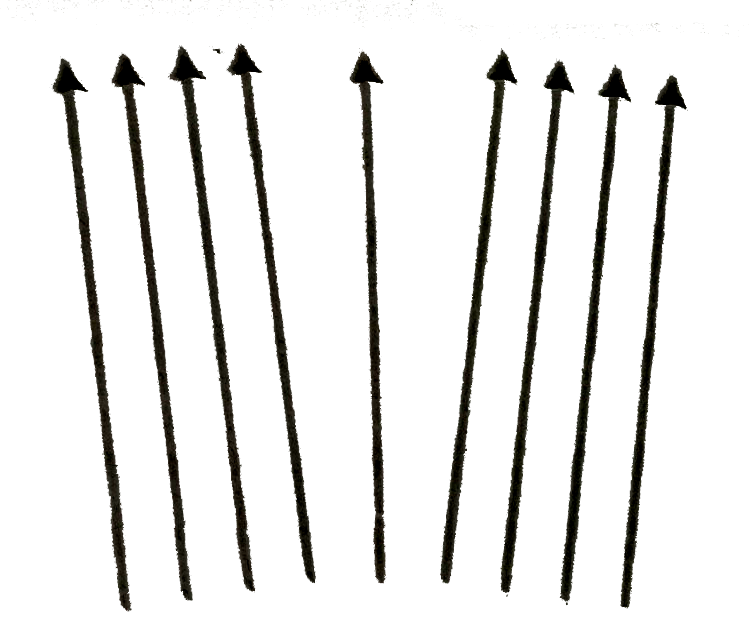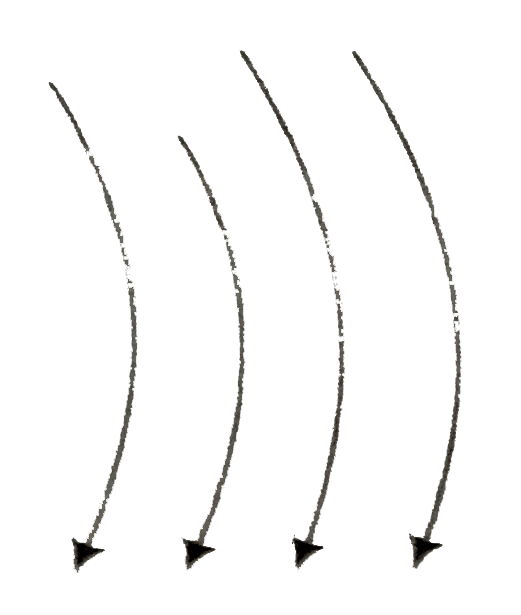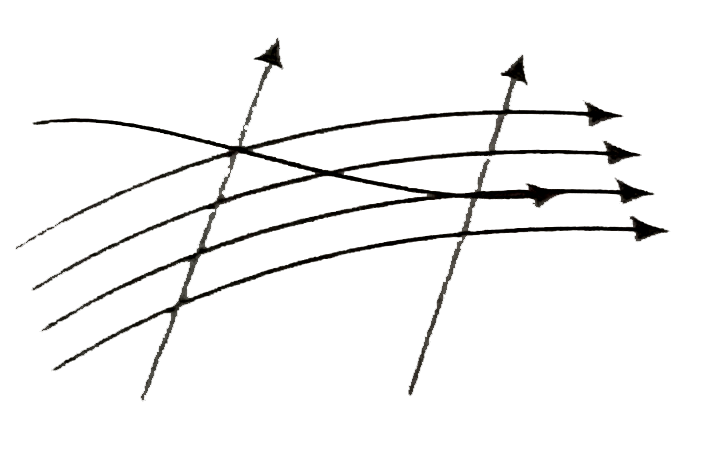Which of the following diagrams does not represent a streamline flow?




The correct Answer is:D
To determine which diagram does not represent a streamline flow, we need to understand the characteristics of streamline flow. Here’s a step-by-step solution:
Step 1: Understand Streamline Flow
Streamline flow is characterized by the following properties:
- The fluid particles passing through any point have a constant velocity in both magnitude and direction.
- Streamlines never intersect each other.
Step 2: Analyze Each Diagram
We need to analyze the diagrams provided in the question to identify which one does not conform to the properties of streamline flow.
Diagram Analysis:
- Diagram 1: If the streamlines are parallel and do not intersect, this represents a streamline flow.
- Diagram 2: If the streamlines are smooth and continuous without intersections, this also represents a streamline flow.
- Diagram 3: If the streamlines are consistent in direction and magnitude and do not cross, this is still a streamline flow.
- Diagram 4: If the streamlines intersect at any point, this violates the principle that two streamlines cannot intersect. This indicates that at the intersection point, a fluid particle would have two different velocities, which is impossible.
Step 3: Conclusion
Based on the analysis, the diagram that shows intersecting streamlines does not represent a streamline flow. Therefore, the answer is:
Option 4 does not represent a streamline flow.
---
Streamline flow is characterized by the following properties:
- The fluid particles passing through any point have a constant velocity in both magnitude and direction.
- Streamlines never intersect each other.
We need to analyze the diagrams provided in the question to identify which one does not conform to the properties of streamline flow.
- Diagram 1: If the streamlines are parallel and do not intersect, this represents a streamline flow.
- Diagram 2: If the streamlines are smooth and continuous without intersections, this also represents a streamline flow.
- Diagram 3: If the streamlines are consistent in direction and magnitude and do not cross, this is still a streamline flow.
- Diagram 4: If the streamlines intersect at any point, this violates the principle that two streamlines cannot intersect. This indicates that at the intersection point, a fluid particle would have two different velocities, which is impossible.
Based on the analysis, the diagram that shows intersecting streamlines does not represent a streamline flow. Therefore, the answer is:
Topper's Solved these Questions
- BOOK - NCERT EXEMPLAR ENGLISHCHAPTER - MECHANICAL PROPERTIES OF FLUIDSEXERCISE - Multiple Choice Questions (More than One Options)5videos
MECHANICAL PROPERTIES OF FLUIDS
- BOOK - NCERT EXEMPLAR ENGLISHCHAPTER - MECHANICAL PROPERTIES OF FLUIDSEXERCISE - Very Short Answer Type Questions5videos
MECHANICAL PROPERTIES OF FLUIDS
- BOOK - NCERT EXEMPLAR ENGLISHCHAPTER - LAWS OF MOTIONEXERCISE - Long answer Type Questions9videos
LAWS OF MOTION
- BOOK - NCERT EXEMPLAR ENGLISHCHAPTER - MECHANICAL PROPERTIES OF SOLIDSEXERCISE - LONG SHORT ANSWER TYPE QUESTION16videos
MECHANICAL PROPERTIES OF SOLIDS
Similar Questions
Knowledge Check
- Question 1 - Select One
Which of the following does not represent a travelling wave
Ay=f(x−vt)By=ymsink(x+vt)Cy=ymlog(x−vt)Dy=f(x2−vt2)
Which of the following does not represent zero?
1+0View SolutionWhich of the following does not represent zero?
0×0View SolutionWhich of the following does not represent a first order reation?
View SolutionWhich of the following Venn diagram represent (A−B)?
View SolutionWhich of the following does not represent ideal gas equation?
View SolutionWhich of the following does not represent redox reaction?
View SolutionWhich of the following pair does not represent greenhouse gases?
View Solution

